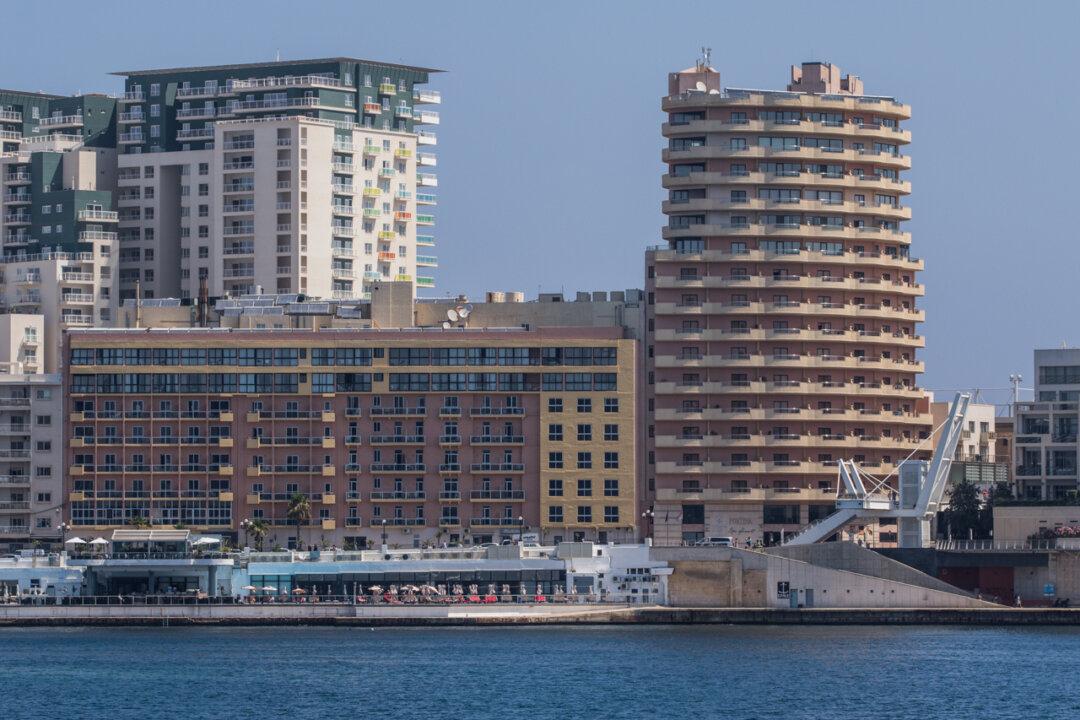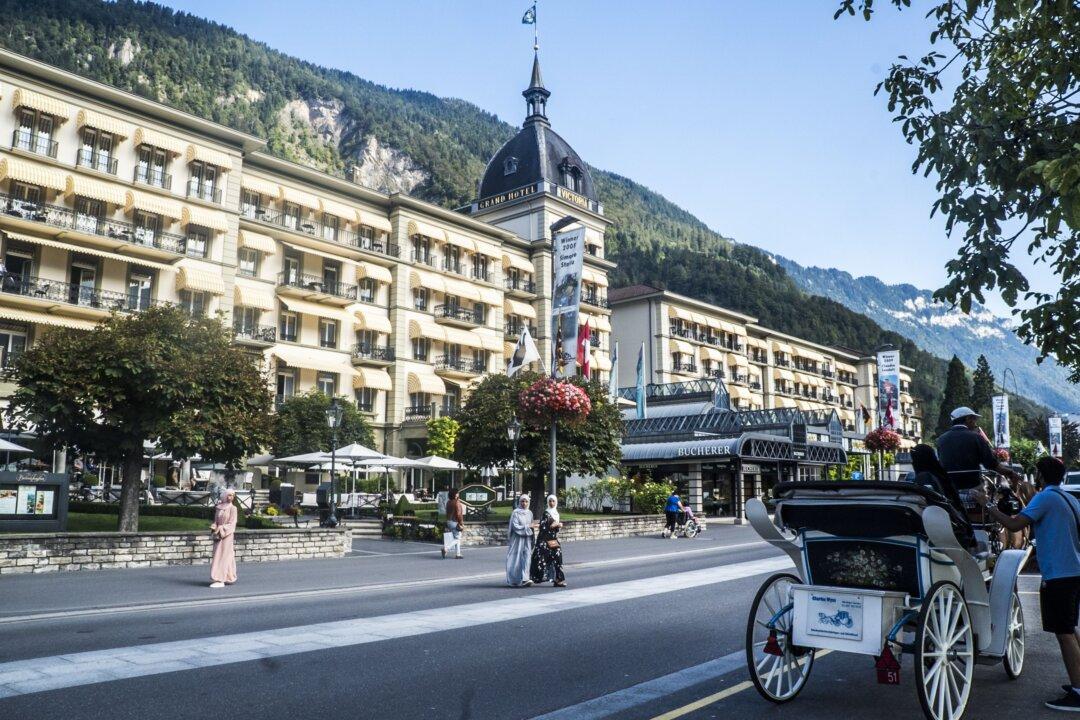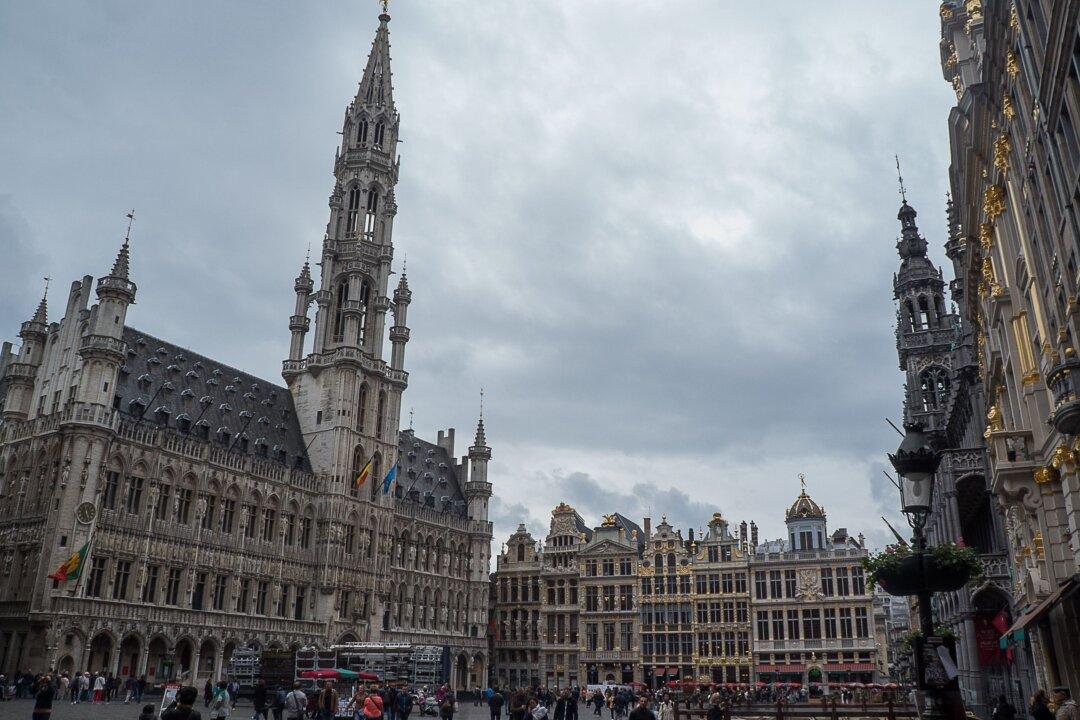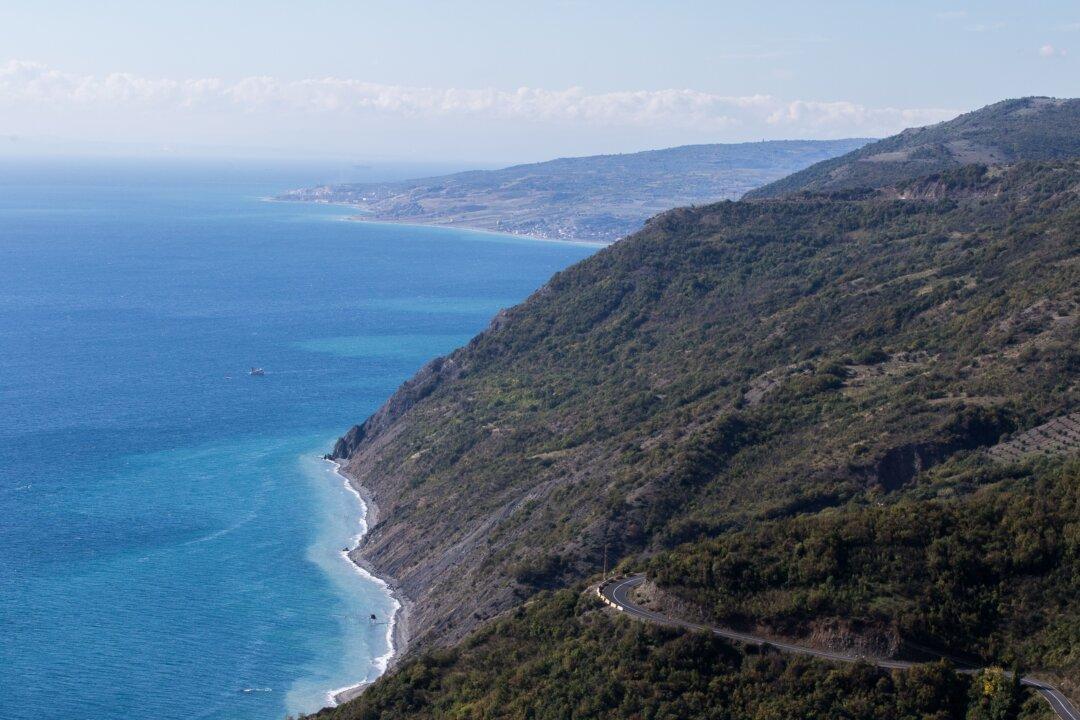Malta, with its mild climate and peacefulness, is a real gem. Its name is derived from the original Phoenician word “Maleth,” meaning “shelter” or “haven.” The ancient Greeks called it “Melite,” which means “honey-sweet,” due to the production of a unique type of honey on the island.
One of the smallest countries in the world, Malta occupies a secluded spot in the Mediterranean Sea between Italy to the north and Tunisia and Libya to the south. It has two official languages, Maltese and English, and is home to many architectural and historical monuments, including three UNESCO World Heritage Sites.
An enigmatic island cloaked in history, Malta has acted as a bridge between civilizations touched by various conquerors over centuries. Its location and Grand Harbor gave this little island great strategic importance as a naval base, and as such it has had a succession of rulers, among whom were the Phoenicians, Romans, Moors, Normans, Sicilians, Spanish, Knights of St. John, French, and British.
All have left their mark in one way or another on the island, and the mix of cultures is evident in the manifestation of social habits and the country’s evolution over time.
Sliema
During my visit I stayed at the Fortina Spa Resort, a five-star hotel in Sliema with incredible views across the harbour of the fortified walls of Valletta, Malta’s capital, and the Church of St Paul’s Shipwreck. St. Paul the Apostle was shipwrecked on Malta and is considered the spiritual father of the Maltese.
Sliema, whose name means “peace,” used to be a quiet fishing village. But over the past few decades it morphed into a popular tourist destination and a centre for shopping, restaurants, and café life.
While having tea at the Terrace Restaurant on the harbour, I had a bird’s eye view of the nearby “beach”—basically a broad expanse of smooth sandstone rock slabs—where people were sunbathing, swimming, or snorkelling. Further away, small taxi boats criss-crossed the wakes from passenger ferries.
Just two minutes away is the Point, Malta’s biggest shopping mall, and beyond it is the Tigne Point Bridge, whose railing is adorned with padlocks. These so-called “love locks” pay tribute to a romantic tradition seen in many cities nowadays of locking padlocks on bridge railings and throwing the key in the water as a way to signify a couple’s undying love for each other.





